
AeroGenie - مساعد الطيار الذكي الخاص بك.
الرائج الآن
Categories
ANA Introduces AI Technology to Predict Turbulence with 86% Accuracy
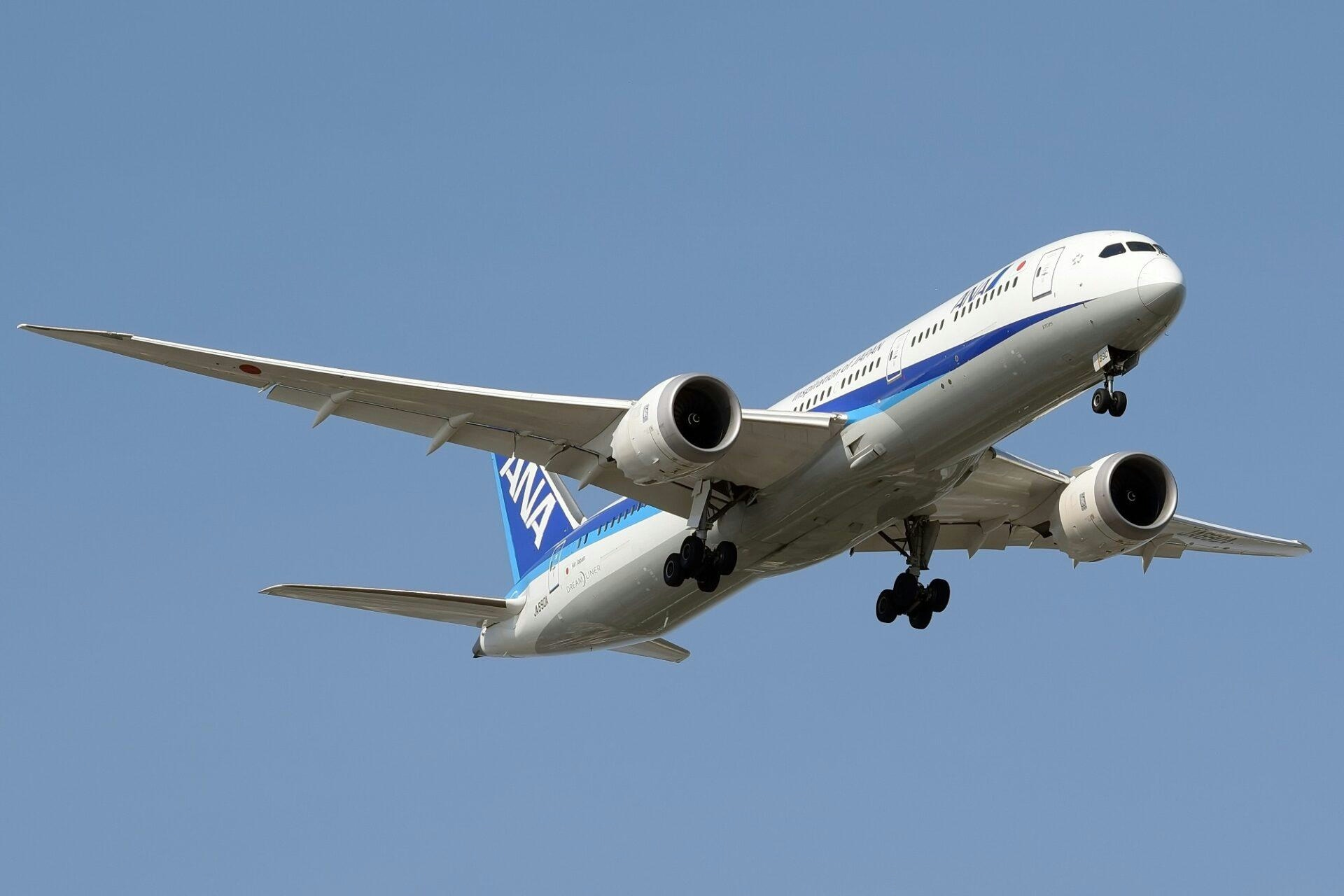
ANA Introduces AI Technology to Predict Turbulence with 86% Accuracy
Advancing Flight Safety through Artificial Intelligence
All Nippon Airways (ANA) has implemented a pioneering artificial intelligence (AI) system designed to predict turbulence with an accuracy rate of 86 percent, marking a significant advancement in aviation safety and passenger comfort. Developed in collaboration with BlueWX, a company born from a partnership with Keio University, the system utilizes deep learning algorithms trained on a decade of turbulence data. This initiative positions ANA as the first airline to deploy BlueWX’s technology fleet-wide following successful trials involving 2,500 pilots.
The project, which began in 2019 and culminated in the establishment of BlueWX in 2023, addresses a longstanding challenge in the airline industry. Hiroyuki Kometani, ANA’s Executive Vice President of Operation Division, emphasized the importance of this development, stating that the integration of AI and deep learning techniques will provide a more reliable and comfortable travel experience for passengers. The AI model demonstrated superior performance compared to traditional turbulence forecasting methods during extensive testing phases that started in 2021, with pilots reporting enhanced reliability and real-world effectiveness.
Addressing a Growing Safety Concern
Turbulence remains a critical safety and operational issue for airlines globally. According to the National Transportation Safety Board (NTSB), turbulence is responsible for 30 to 50 percent of aviation incidents, with recent years witnessing serious injuries and fatalities, including the death of a British passenger in 2024. Beyond the immediate safety risks, turbulence contributes to significant economic losses through cargo damage, equipment repairs, and delays caused by unscheduled inspections.
Kaz Watanabe, CEO of BlueWX, highlighted the increasing severity of turbulence, partly attributed to climate change, and underscored the urgency of deploying advanced predictive technologies. While ANA’s AI system represents a major technological breakthrough, the airline acknowledges ongoing challenges in maintaining the model’s accuracy and reliability across diverse flight conditions and altitudes. Ensuring consistent performance in varying weather scenarios will be essential as the system is integrated more broadly.
Industry Impact and Future Prospects
The introduction of this AI-powered turbulence prediction system has been met with positive market reactions, with expectations that it will enhance passenger confidence and potentially increase demand for ANA’s services. Industry analysts anticipate that other airlines may accelerate the development and adoption of similar AI technologies to improve their turbulence forecasting capabilities, aiming to match ANA’s gains in operational efficiency and customer satisfaction.
Looking forward, BlueWX intends to expand its AI-driven weather forecasting solutions to additional airlines, seeking to elevate safety standards and operational effectiveness throughout the aviation sector. This development signals a broader shift towards leveraging artificial intelligence to address complex challenges in air travel.

China’s Low-Altitude Economy Expands with Air Taxis and Drone Deliveries

Report Details Fiery History of McDonnell Douglas MD-11’s CF6 Engine

Supreme Court Rules Pilot Not Liable in Air India AI171 Crash
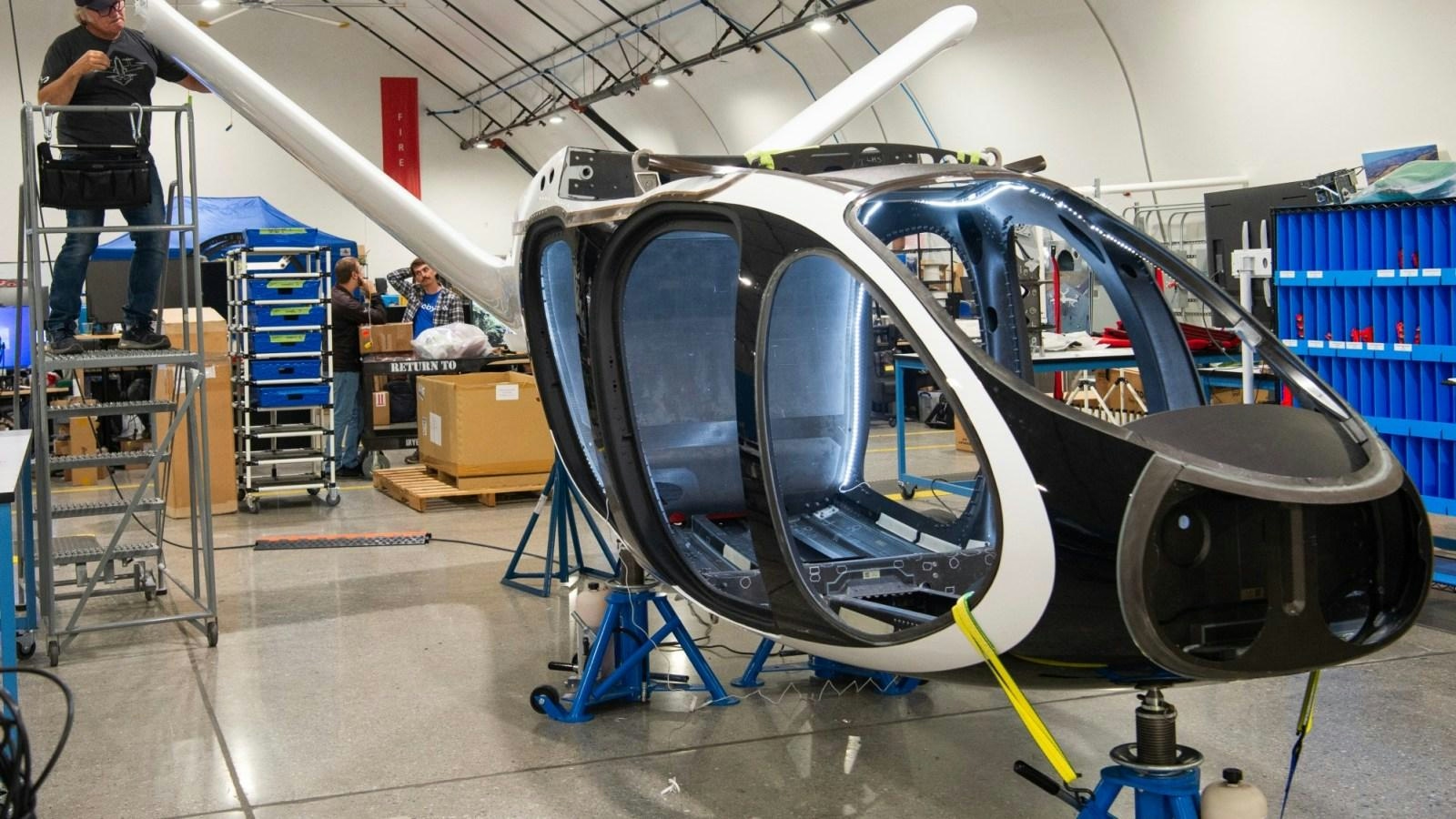
Huntington Beach Considers Vertical Taxi Pilot Program
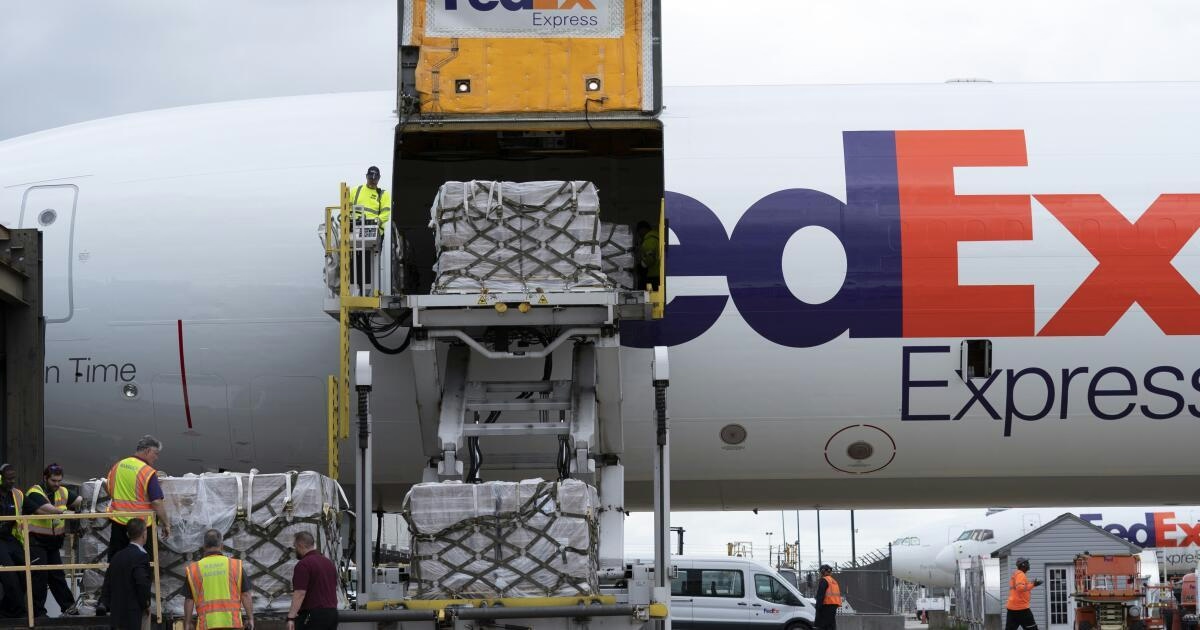
Flight Reductions Threaten Timely Delivery of Critical Goods to LAX and Other Airports
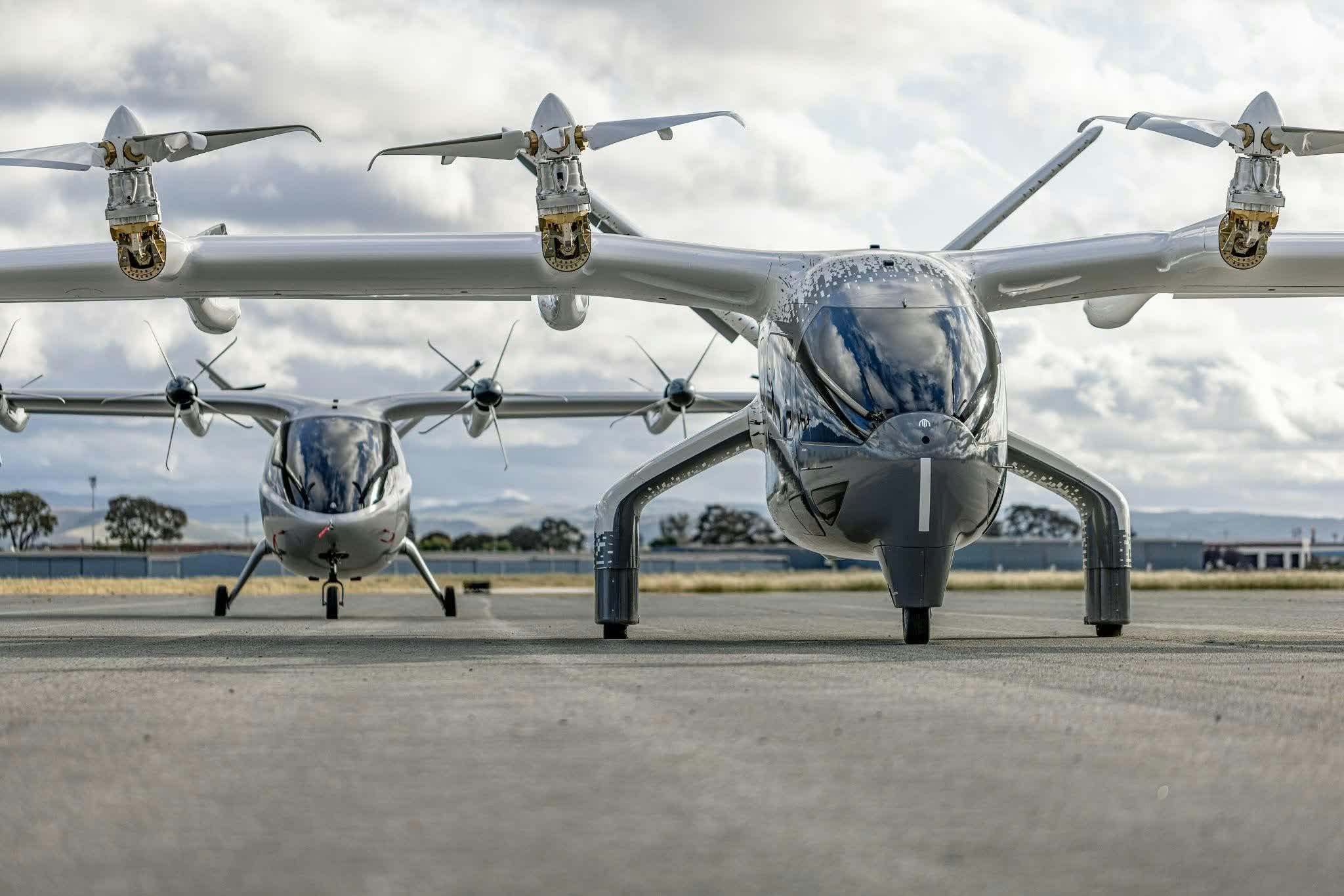
Archer Aviation Shares Decline Amid Market Volatility
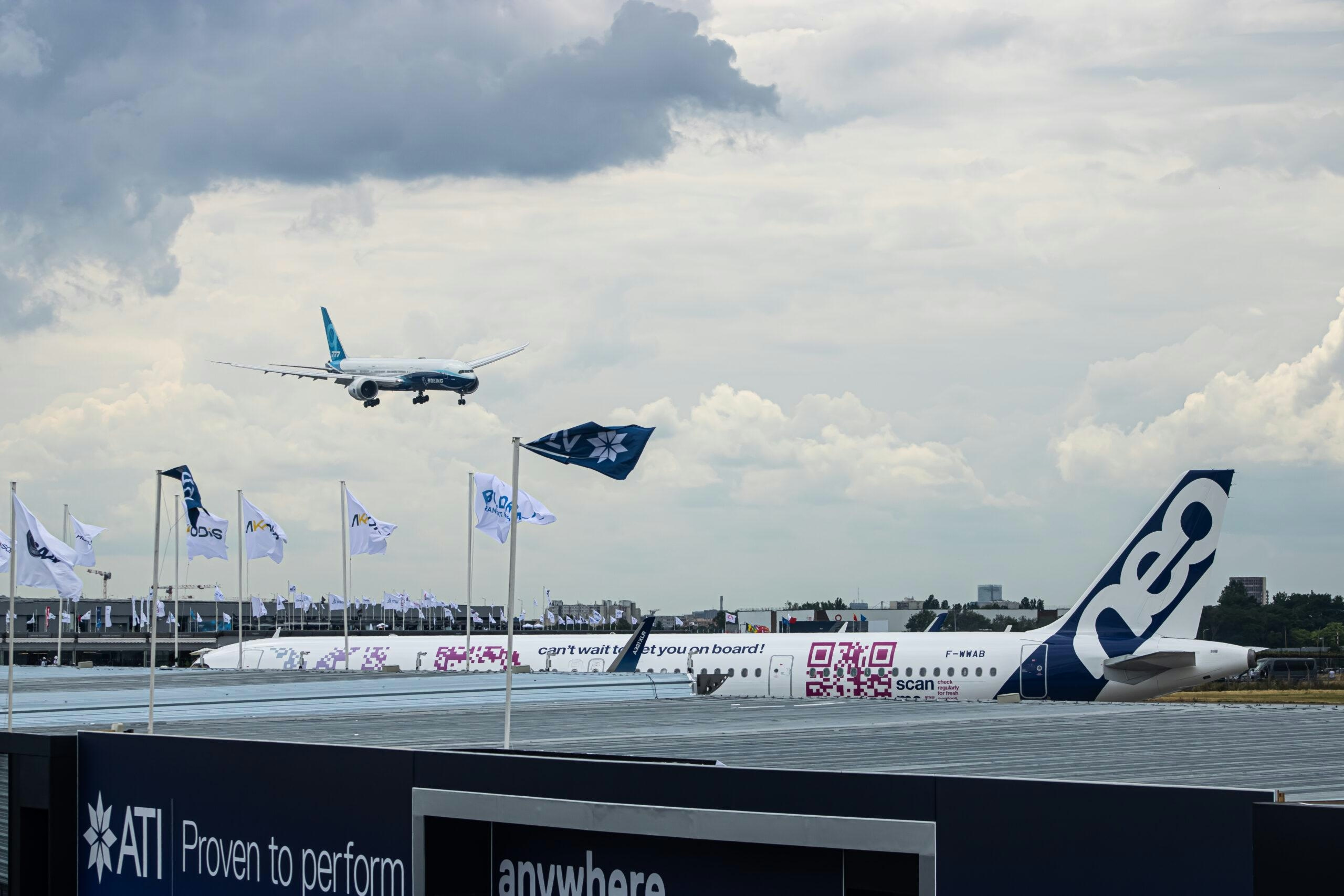
Airbus Secures Largest Aircraft Order of the Year
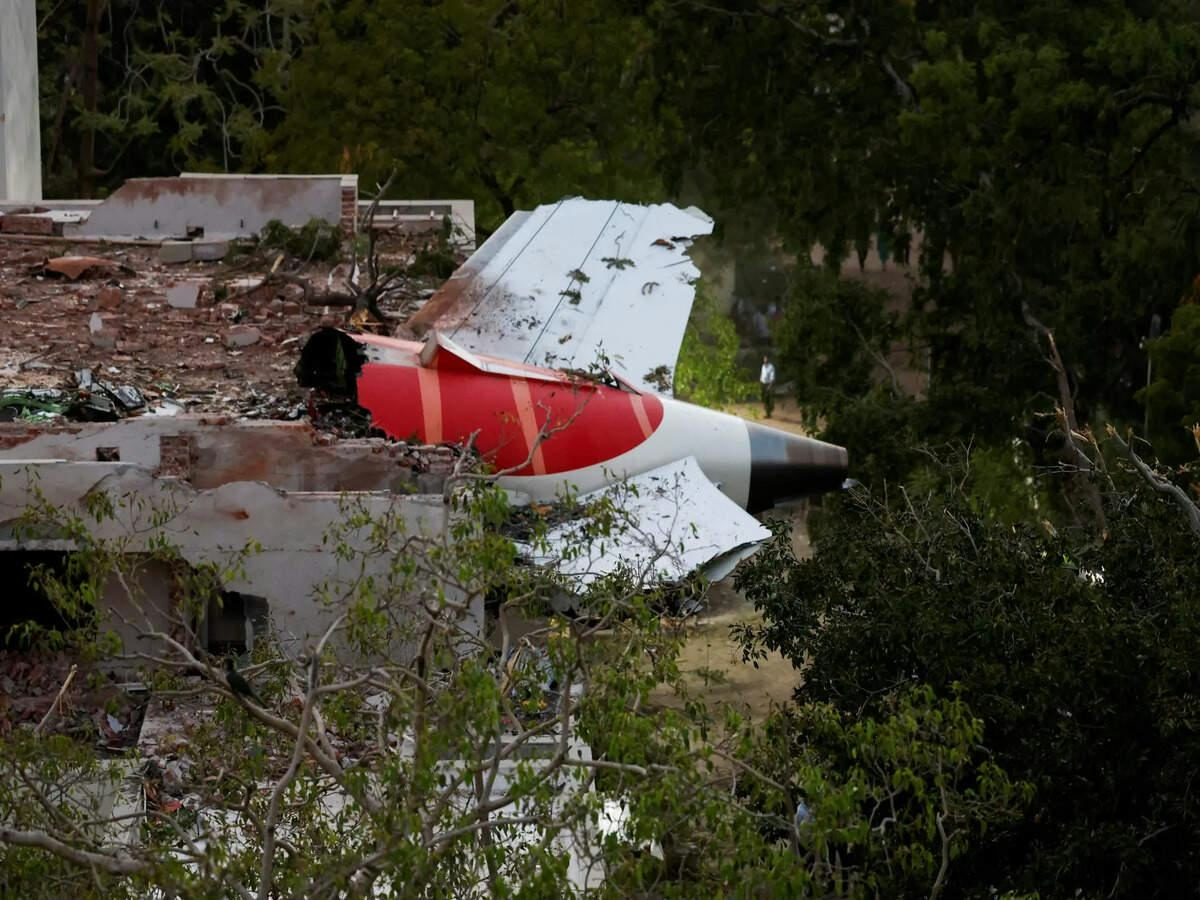
Debate Continues Over Responsibility for Air India Crash
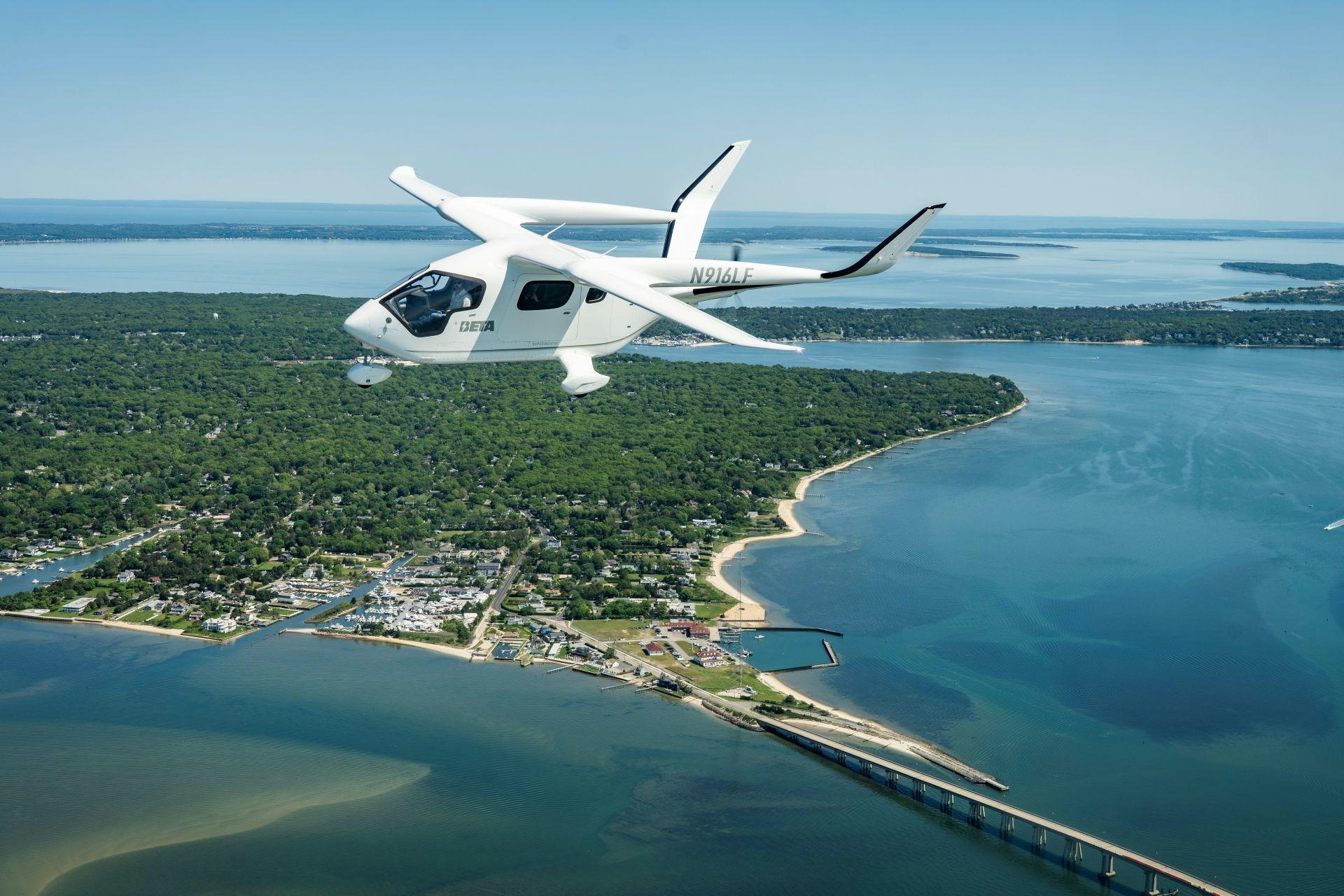
Beta Electric Aircraft May Join Signature’s Florida FBO Network
